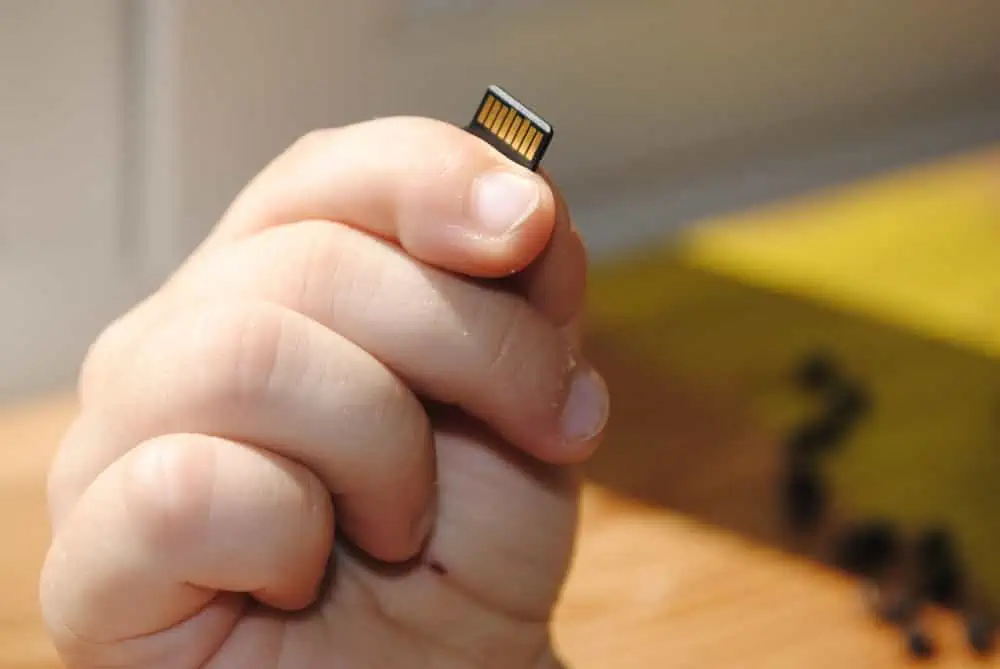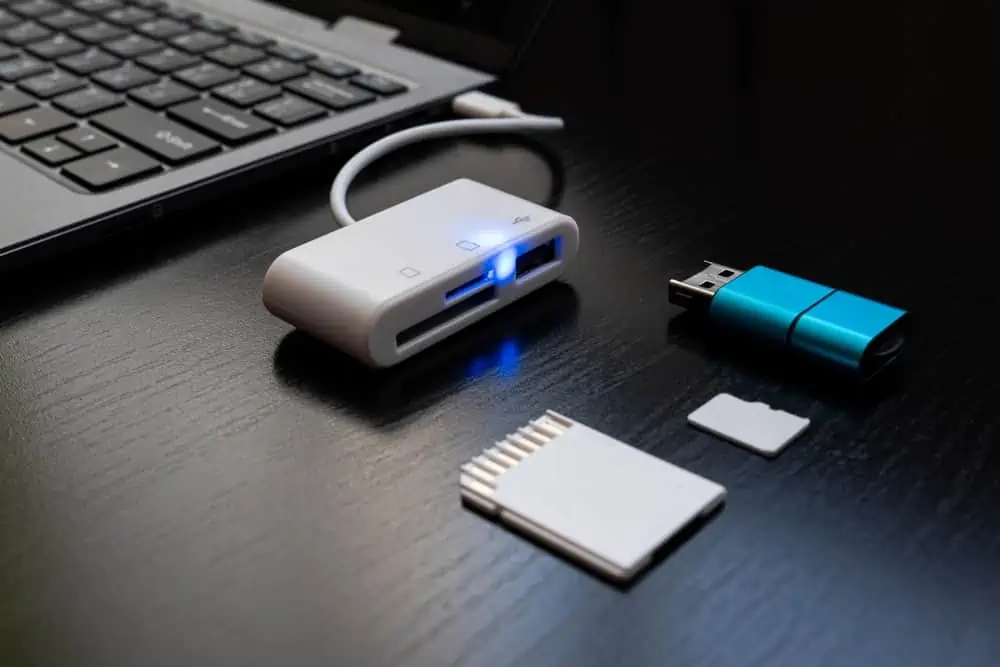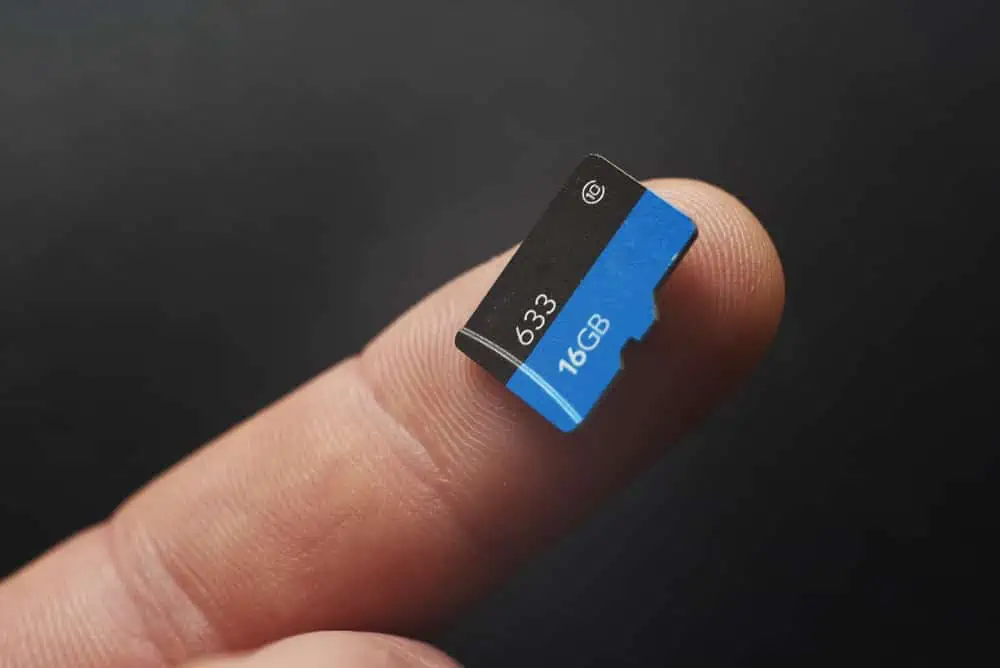Have you heard about SSHD and want to learn more about this hybrid storage technology? In this article, you’ll learn all there is to know about SSHD.
Overview
On the outside, an SSHD (Solid-State Hybrid Drive) looks just like a Hard Disk Drive, but the inside is different. On the inside, this storage type has the components of an SSD (Solid-State Drive) as well as the components of an HDD (Hard Disk Drive).
Intentionally, this hybrid storage was built to combine the desirable features of a Solid-State Drive and Hard Disk Drive. While HDDs offer the largest storage capacity, SSDs offer the fastest read/write speed.
SSHD combines the features of SSD and HDD.
Recently, we began to see laptop computers that feature this hybrid storage technology. Thus, such laptops will perform fast as if they have an SSD, and store large files as if they have an HDD.
How is such a combination possible?
Well, an SSHD has a solid-state NAND flash memory occupying one part. Meanwhile, the other side of the storage is a traditional HDD with disks that occasionally spin when actuated.
How Does SSHD Work?
An SSHD has an Adaptive algorithm (step-by-step instructions) that manages its memory usage. This algorithm monitors how often you access data on the HDD portion of the storage.
As you begin to use your SSHD storage, the adaptive technology notices the files you often use. Therefore, it caches (stores temporarily) these files on the SSD portion of the storage.
Thus, the next time you try to access the same data, your SSHD storage gets it from the SSD portion. In that case, the HDD platters won’t have to spin up at that point.
Impressively, the frequently used data will include the Operating System’s files that boot the computer. Consequently, after booting your computer with SSHD storage for the first time, subsequent booting will become faster.
Also, the same thing happens when you play a game, watch a video, or read a document frequently. When next you perform any of these tasks, they will work faster since the SSHD drive fetches the files from its SSD part.
Features of SSHD Technology
Now that you know what an SSHD is and how it works, it’s time to learn about its features.
Therefore, this section discusses the features of a typical SSHD storage. Moreover, this section will portray some performance capabilities of this storage technology.
SSHD is a Hybrid of Two Storage Types
As I mentioned earlier, an SSHD combines two storage types in one. One side of the storage is a solid-state drive, while the other side of it is a hard disk drive.
As hybrid storage, SSHD will offer the good qualities of the two constituent storage types. Also, it minimizes the problems inherent in both SSD and HHD – more on this in the Pro and Cons section of this guide.
Typical SSHD Offers a Storage Size of 8GB SSD Portion and 1TB of HDD Portion
A typical SSHD storage such as the Seagate’s FireCuda SSHD has 8GB of SSD and 1TB of HDD portion. Though, you can get SSHD storage with a higher capacity up to 14TB HDD portion.
It is important to mention that the 8GB flash memory portion of the storage is significantly small. That is because it is not meant for storing a large amount of data.
So, the large files you save on your laptop or desktop with an SSHD will remain on the HDD portion.
It Uses Adaptive Technology for Storage Management
In the past, some people who wanted fast read/write speed combined SSD and HDD on one computer. However, they only achieved this by plugging second storage into an extra bay on their computer.
In that case, such users will be the ones to decide and manage which data goes into which storage drive. That is not the case with hybrid storage management.
In fact, an SSHD user does not have access to the SSD portion of the storage. Rather, the storage manufacturers incorporate an adaptive memory management technology into the SSHD.
Obviously, you will access different files randomly every day. Therefore, this adaptive technology decides which file goes into the SSD portion of the storage.
Compatible with Both Old and New Laptops
As I mentioned earlier, an SSHD looks just like a traditional HDD. Also, it uses similar interfaces (connections) with HDD or SSD.
For example, SSHD comes with a SATA interface. Thus, you can have SSHD on older as well as newer computers.
Therefore, it’s 100% compatible with your old laptop and desktop computers.
It Offers an Average Read/Write Speed of Up to 131/139 MBps
Before choosing to go for a storage type, it’s important to know its read and write speeds. A good way to determine that is by considering its performance in benchmark tests.
Such a test measures how fast computer storage can open or save data in megabytes per second (MBps).
According to maketecheasier.com, a typical SSHD storage offers an average read/write speed of 131/139 MBps respectively.
Precisely, the hybrid drive used in the maketecheasier.com test is Seagate’s FireCuda SSHD. This storage has 8GB of an SSD and 2TB of HDD portion.
Hence, such storage is pretty much faster than ordinary hard disks. Still, it is slower than SSDs.
In the test, a 240GB SSD storage gave an average read speed of 428 MBps. Also, it gave an average write speed of 376 MBps.
Pros of SSHD
SSHD Offers Higher Durability and Endurance than SSD
The life span of flash memory-based drives such as SSD is measured in read/write cycles. Particularly, an SSD drive wears out over time based on Terabytes written (TBW) – approximately 320 TBW per lifetime.
However, SSHD design allows for minimal writes to the SSD portion while reducing wear and tear on the HDD.
This is because SSHD’s flash memory is only used for caching. Moreover, its HDD spin occasionally only when it is actuated.
Thus, the adaptive memory technology manages access to each part of SSDH better than when they’re used separately.
Increased Capacity at an Affordable Price
Hard disk drives are more affordable at high capacity than SSDs. Meanwhile, SSDs are faster but affordable only at low storage capacity.
As a plus, hybrid storage is fast enough and is still affordable at high capacity.
Less Power Consumption than Hard Disk Drives
In terms of power efficiency, SSDs are leading the other storage types. Then, the SSHD follows it closely as the second most power-efficient storage.
Remember, hybrid storage types spin less often than hard disk drives. Nevertheless, other factors contribute to power consumption on a laptop or desktop computer.
These other factors include the brightness level of the display and the nature of the job being processed.
Fast Boot Speed
After the first boot, your hybrid drive will copy the Operating System’s boot files into the flash memory. This will make the boot drive to be the solid-state storage which is faster.
If you use a Windows computer, a driver software known as Windows ReadyDrive places all the boot files on the solid-state drive.
Easier to Manage than Having Two Separate Storage Drives
The SSHD appears as a single drive to the operating system. There is no need to manage two drives separately.
There is also no need to choose between the drives for the storage of data.
Cons of SSHD
Very Little Control
A built-in technology (algorithm) controls the working of an SSHD automatically. This implies that you won’t be able to determine what data to put where in the drive.
Annoyingly, this very little or no control makes it harder to optimize (defragment) the drive. That is, you cannot rearrange the data on an SSHD by yourself in order to increase its speed.
Failure on One Part of an SSHD Affects the Other Part
If either the SSD section or the HDD section of the drive fails, the whole storage is compromised. If the entire drive will fail, you’ll be totally confused about what might have gone wrong.
It is Costlier than an HDD Drive
Although an SSHD guarantees affordability at high capacity, it is still costlier than an HDD. Regarding cost, the Seagate’s FireCuda SSHD usually costs about $30.00 more than an equivalent HDD.
This higher price is due to the addition of the more expensive solid-state cache memory. Also, the firmware on SSHD that controls the caching process is another reason for the price difference.
Noise Effect
A hybrid storage drive gives off the same level of noise as a hard disk drive. Therefore, if you want a totally silent computer, an SSD has that feature over SSHD.
High Susceptibility to Mechanical Damage
An SSHD is not a completely solid-state storage drive. This implies that its moving platters are susceptible to shaking and damage just like a hard disk drive.
So, external forces that create vibration such as dropping your computer can shake the SSHD’s internal components. This is not quite the same with solid-state drives.
Conclusion
At times, you may embark on a project that requires fast computer storage to handle it. Other times, you may need a large amount of storage space to keep your data.
As we have seen, these two features do not live together in either SSD or HDD. If you’ve ever needed high storage speed and space together, SSHD is a solution to fall back on.
Not only that but SSHD will eliminate the task of managing two different storage simultaneously for you. Thus, SSHD is more reliable than SSD and HDD.
So far, you have seen the technologies of SSHD storage and its features. If you still have questions about it, kindly use the comment box below.
I hope I was able to explain SSHD and how it compares to other types of storage. I also hope that you found the article easy to understand.
If you did, click on “Yes” beside the “Was this page helpful” question below. You may also express your thoughts and opinions by using the “Leave a Comment” form at the bottom of this page.
Finally, you may find other helpful articles on our Storage & Disk Technology Explained page.



